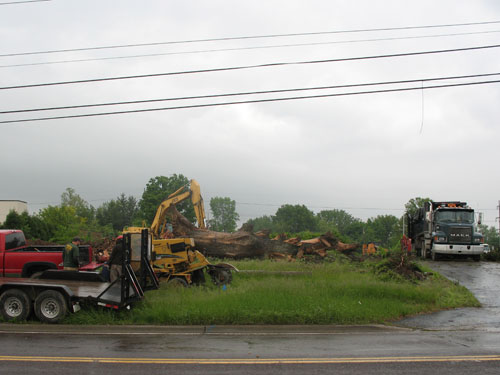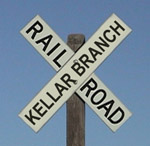 The Illinois Kids Wrestling Federation’s annual Jon Davis IKWF Kids Open will be moving to Springfield for 2011 and 2012. The Peoria Civic Center has hosted the event for more than a decade. The contest is held every January and has brought in anywhere from 1,300 to 2,100 wrestlers annually. It was held at Redbird Arena until 1995 when the group left to protest ISU’s decision to drop wrestling as a varsity sport.
The Illinois Kids Wrestling Federation’s annual Jon Davis IKWF Kids Open will be moving to Springfield for 2011 and 2012. The Peoria Civic Center has hosted the event for more than a decade. The contest is held every January and has brought in anywhere from 1,300 to 2,100 wrestlers annually. It was held at Redbird Arena until 1995 when the group left to protest ISU’s decision to drop wrestling as a varsity sport.
In e-mails forwarded to The Peoria Chronicle by a source who wishes to remain anonymous, Sports Sales Manager Chad Mentzer of the Peoria Area Convention and Visitors Bureau wrote, “After talking with Mike Urwin with IKWF, there are two reasons why we lost this piece of business…. #1 Hotels. Average cost [in Springfield] is approximately $20 cheaper per night. #2 Facility rental fees. Projected fees in Springfield are, based upon expenses from 2009, considerably less than the Peoria Civic Center.” The group sought a block of 400 room nights for the one-day event.
Joel Green, Director of Sales and Marketing at the Hotel Pere Marquette responded to Mentzer’s e-mail by saying that his hotel had “lowered our rates considerably for 2011… after holding our rates for 2009 and 2010.” January rates are historically low to begin with in the Peoria hospitality industry. Regarding the venue, Debbie Ritschel, General Manager of the Peoria Civic Center, added, “In this particular case the fact that they [Springfield] will not have to cover ice in their arena may have also been a factor.”
In April, Holiday Inn City Centre General Manager Sami Qureshi stated that the top reason conventions skip Peoria is due to the Civic Center’s rate structure. This recent convention loss and the reasons cited by the IKWF appear to support that contention.
The loss of this event also highlights the competitive nature of hotel room pricing. If the Pere Marquette lowered its room rates below 2009 levels and Springfield was still able to offer rates $20 per night lower, one wonders how a four- or five-star Marriott hotel will be able to offer competitive rates that are high enough to pay off the debt service on a $37 million bond taken out by the City of Peoria.




 The Peoria School District 150 Board of Education decided last month to discontinue live broadcasts of the school board meetings on public access cable television starting in May. Instead, they are going to show the meeting a week delayed, and they’re going to excise the public comment portion of the meeting — that is, they are going to censor part of the official meeting because they don’t want the public to see it.
The Peoria School District 150 Board of Education decided last month to discontinue live broadcasts of the school board meetings on public access cable television starting in May. Instead, they are going to show the meeting a week delayed, and they’re going to excise the public comment portion of the meeting — that is, they are going to censor part of the official meeting because they don’t want the public to see it. I’ve been saying it ever since the sphynxlike Kellar Branch Corridor Corporation first appeared that its clandestine efforts were going to cost the taxpayers lots of money.
I’ve been saying it ever since the sphynxlike Kellar Branch Corridor Corporation first appeared that its clandestine efforts were going to cost the taxpayers lots of money.  The Peoria City Council had their annual retreat Wednesday night at the Peoria NEXT Innovation Center on West Main street. All the council members, the Mayor, and City department heads attended the retreat.
The Peoria City Council had their annual retreat Wednesday night at the Peoria NEXT Innovation Center on West Main street. All the council members, the Mayor, and City department heads attended the retreat.